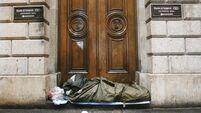Orlando not the first nightclub mass killing of gay people

WHEN Omar Mateen shot dead 49 people in an Orlando nightclub, on June 12, it was the worst mass murder in US history.
It seemed unimaginable that one man could hate gay people that much, or that he could destroy so many lives before losing his own. It was horrific and seemed to be without precedent.
In fact, there was a precedent, although it has never been officially classified as a mass murder, and has been forgotten. The deadliest fire in the history of New Orleans — a fire-prone city — killed 32 gay men.
Whereas the Orlando shooter was brought down by a SWAT team, whoever set the New Orleans fire was never found, never charged, never convicted, and the event disappeared from public memory. Arguably the second worst mass murder in the United States, certainly the second worst massacre of gay men, the fire at the UpStairs lounge, in 1973, proves the effectiveness of chosen amnesia.
In a grim coincidence, one day before the Pride Weekend in Dublin was the 43rd anniversary of the night when, at four minutes to eight, the local fire services were called to a small blaze on the stairs of a first-floor lounge frequented by gay men in New Orleans. Roughly 65 people were in the bar.
Someone set fire to something — probably a petrol-soaked shirt — and threw it on the wooden stairs at the main entrance to the club. People outside noticed the flames, but one of the men inside the club innocently took disastrous action. He opened the door at the top of the stairs, which led to the biggest of the club’s three rooms.
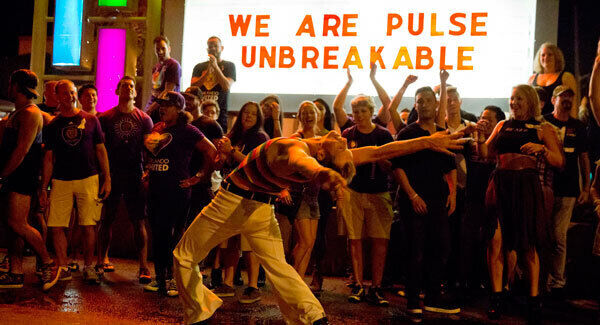
As a result, a huge shaft of flames exploded into the room. The heavy fire door was supposed to immediately close again, blocking flames coming from below. On this night, according to Clayto Delery-Edwards, a Louisiana academic who has written the definitive account* of the tragedy, that door malfunctioned, stuck in a half-open position.
“The stairwell acted as a massive chimney flue, funnelling heat, flames, and combustible gasses into the lounge.
"Soon, everything ignited: the carpeting, the wallpaper, the wood panelling on the walls, the velvet drapes at the windows and the large archway, and the posters and holiday decorations hung around the room. Everything was in flames, and the source of the flames was the most obvious way out.”
One man ran out on to the fire escape. Except it was not a fire escape — it didn’t have stairs leading to the street. Panicked, he ran up the stairs to the next floor, then ran back and jumped, where passersby quenched the flames on his clothes.
Many, if not most, of the buildings on the street had a balcony encircling the first floor. Had a balcony existed outside the UpStairs lounge, it might have saved many lives. No such balcony existed. One couple took their lives in their hands, running down the main stairs directly into, and through, the flames. They survived.
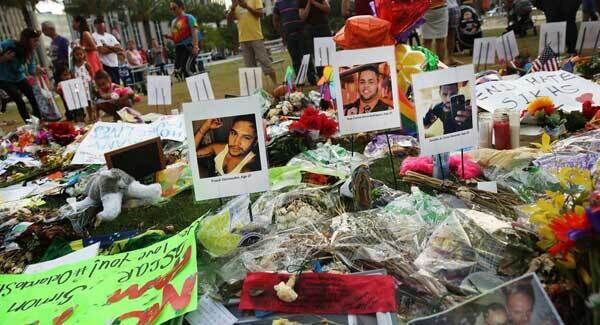
The bar had a manager who was trained in fire safety and clear on where the exits were. He calmly created a line of men, each holding the hand of the one in front, leading to the other fire exit, allowing perhaps 20 people to escape.
But even with that organised action, many people present simply froze. It didn’t help that many of them had been drinking for several hours, their judgement and response-capacity submerged by alcohol.
One man, who had reached safety, insisted on going back into the inferno to try to save his partner. Their bodies were later found together in the burned-out building.
An ostensible safety feature of the building ended up killing most of the people within it. A former owner, worried by the possibility of people falling out of the floor-to-ceiling windows, had affixed horizontal iron bars to the lower half of them.
Those horizontal bars not only prevented the desperate from jumping to safety, but — as they broke the windows with chairs, in the belief that it might afford them an escape route — their actions allowed massive amounts of oxygen into the room, which lethally fed the flames. One man managed to force his way between the bars.
“These days, being gay is all about muscles,” he said recently. “Back then, if you were thin, you were in. And I was thin, thank God. I squeezed between the bars and dropped down to the sidewalk, and a few weeks later I woke up in the hospital.”
Fire engines arrived within two minutes of the first call, with five or six present by 8 o’clock.
They trained hoses on the windows, knocking down the few men still standing at that point, and who were to later die in hospital.
The fact is that by the time the fire service arrived, even though they were commendably speedy, those within the UpStairs who would escape had escaped and those who would survive were already outside the building.
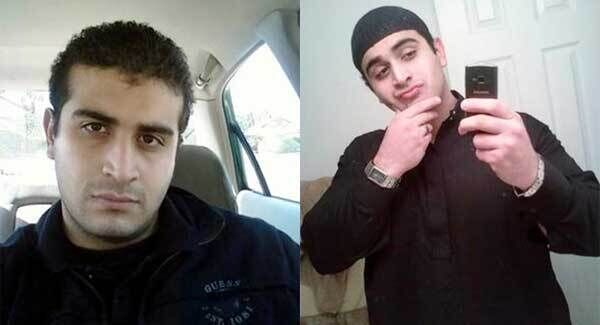
They stood watching 20- foot high flames roaring up through the windows facing the street. One photographer, arriving in response to what his news desk told him was simply a fire, saw the upright figures in the windows and assumed it was a mannequin factory.
The manager, who had already proven himself to be a practical hero in helping customers to escape, was among the crowds watching the horror. In those crowds, he spotted a man who’d been harassing other men in the toilets.
This was frowned upon in the club, and the man had been unceremoniously tossed out. The manager grabbed the man as a likely arsonist, dragging him to a police officer, who “seemed to be more interested in crowd control than with who had caused the fire”.
The manager, with the benefit of training in fire prevention, was convinced that the circumstances and timing indicated arson. He had to watch the man he believed had caused the conflagration recede into the onlookers and disappear from justice.
In the aftermath of the UpStairs lounge fire, survivors were horrified that government and religious leaders were either silent or openly contemptuous of the dead and injured.
The Catholic families of many of the dead (New Orleans, at the time, held almost 47% Catholics) learned, to their misery, that their archbishop had ordered that none of the victims was to be buried in consecrated ground.
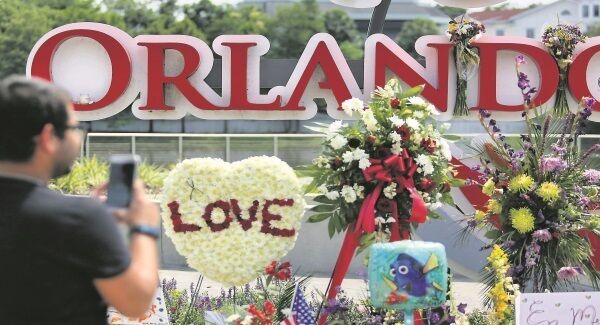
Public officials made scandalously defamatory comments about the dead. Then, it was all forgotten as if it had never happened. It was forgotten as if the decent thing to do was to forget it.
A few negative comments suggested that this weekend’s Pride events were unnecessary and that LGBTI people should just get on with life.
Which would be to ignore the reality that, within living memory, the right to just get on with life has been taken from gay people in horrific circumstances, not once, but twice.







